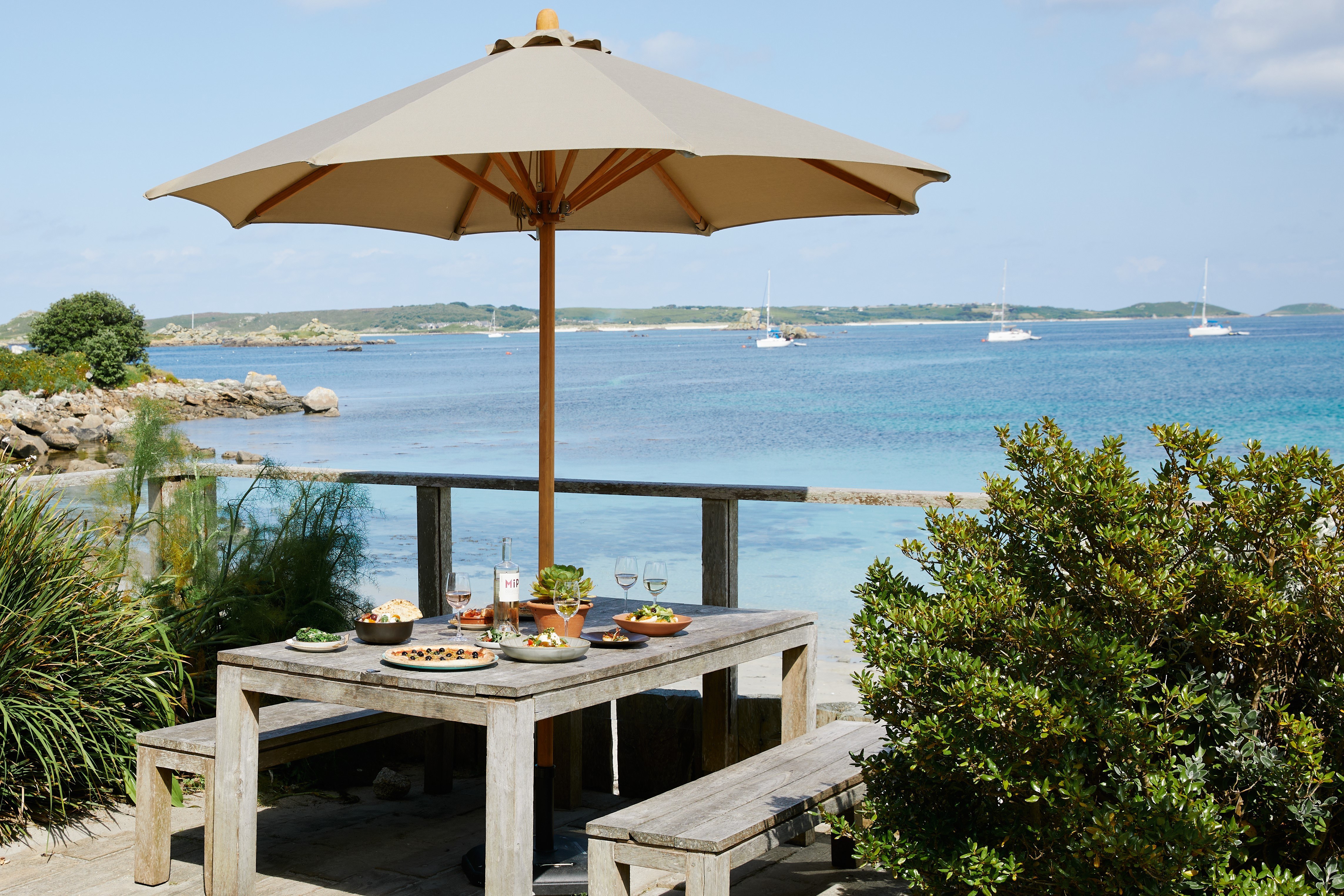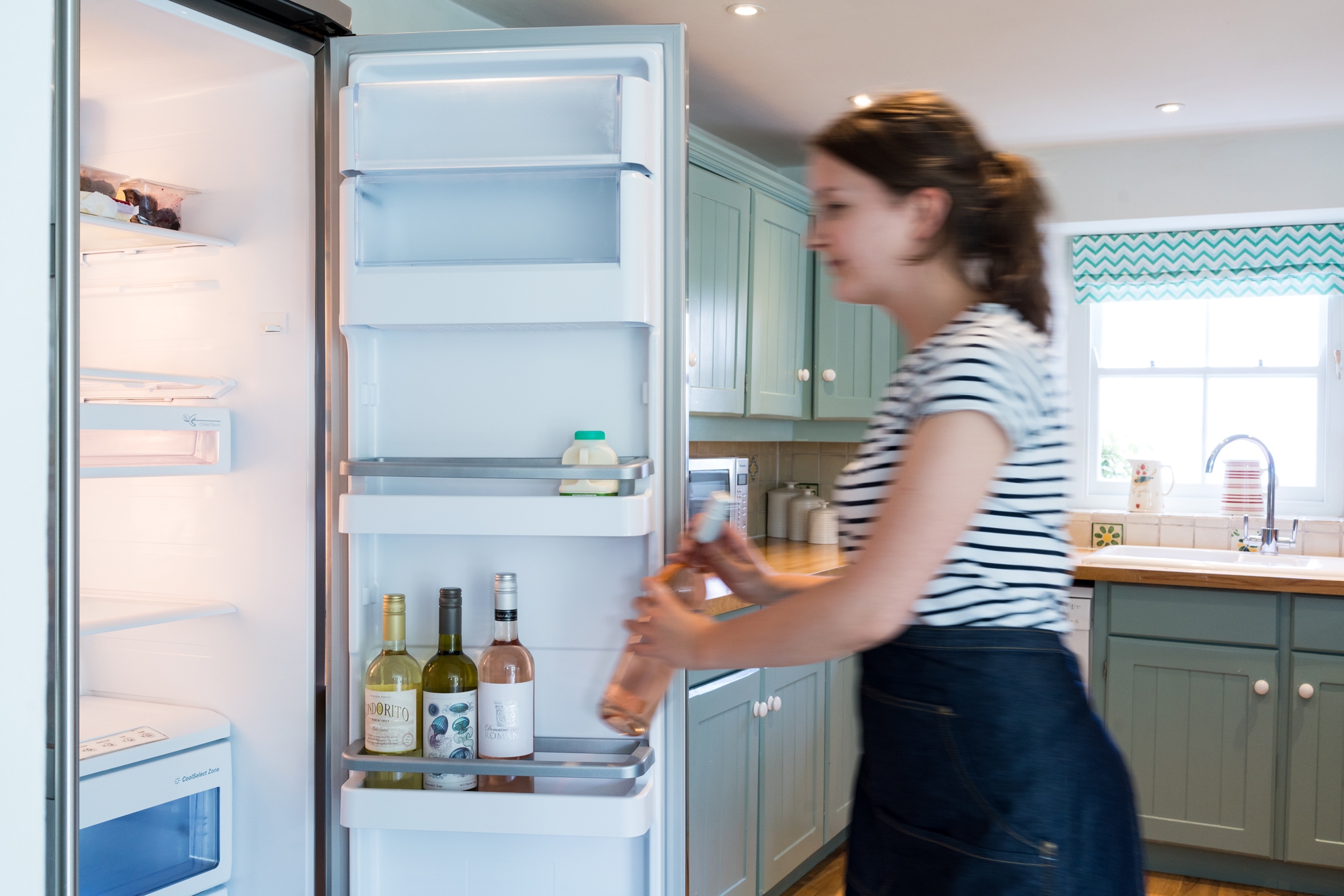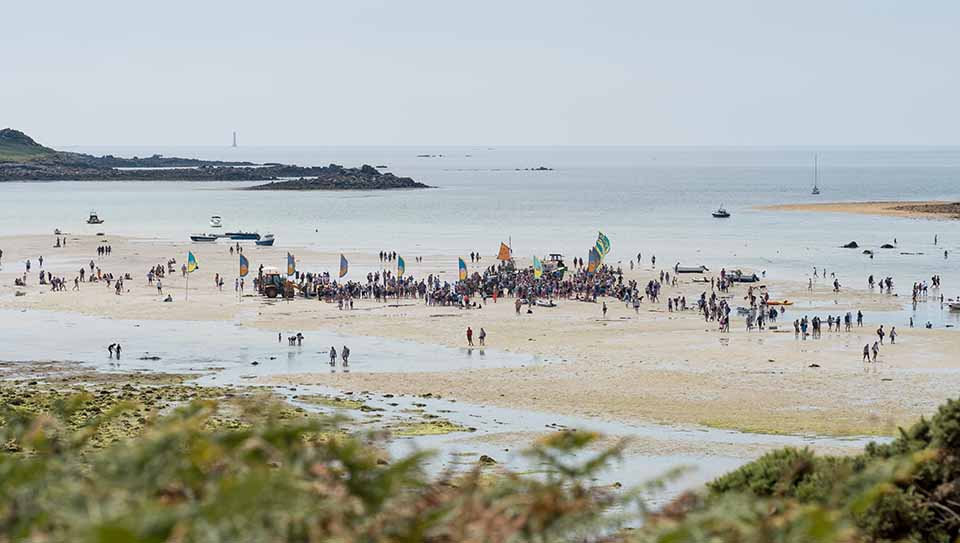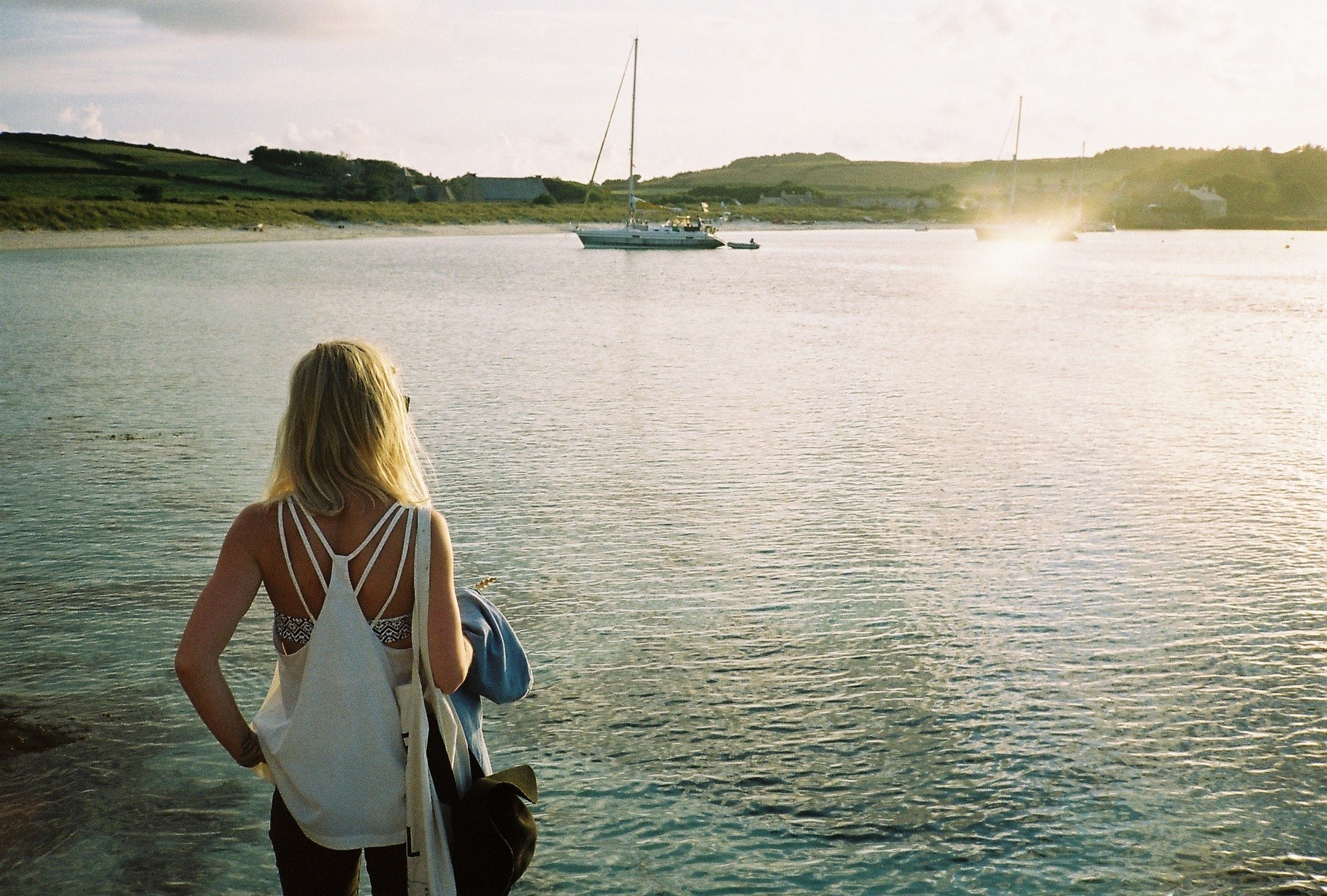Run Chicken Run
It’s said that one of the most stressful things a person can do in their lifetime is to move house, but not so for the chickens and ducks in Tresco Abbey Garden! As Abbey Garden student Brenda Bracken discovers…
Some months ago, the Piante Faro nursery in Sicily kindly donated thirty seven olive trees to Tresco Abbey Garden. Speaking to Dave Hamilton, who is responsible for the Vegetable Garden, he mentioned that he was keen to extend productivity, and so it was decided to create an olive grove in his area of the garden. The chicken run had to be moved, as it was the most suitable site for the olives, being protected from the wind by Olearia and Monterey Cypress trees.
This was the perfect opportunity to improve the chicken run – firstly by moving it to a nearby area where there were trees for shelter and shading, providing a nesting spot for ducks laying their eggs; and secondly by replacing the chicken wire fence with picket fencing, which was visually more ornamental. “One of the problems with ducks in the summer – they like to lay outside and before I arrive in the mornings, already seagulls swoop down and get the eggs. What one seagull does is it flies over my shed and drops the egg in flight on to the hard surface of the shed roof to break the egg and then comes down to eat the contents…. now with the Eucalyptus trees in there, they can hide away and hopefully hide the eggs.”
So what was the process for making the new chicken run? Originally they considered making the fence themselves, but in the end opted to buy ready-made fencing online. “ The biggest challenge was setting up the fencing on the slope, and because the panels came in 6’ lengths, the only way to get them truly level was to step them going up the hill”. So Dave had to saw the ends of the panels, and by doing that he slightly lowered the height of the fencing.
“We’re already finding that there’s one or two chickens coming out (over the fence), which is not a problem, as they’re used to being out, but now they’ve got this new run it would be nice to keep them within that area. But it’s not the end of the world. I think visually it looks quite nice now. Hopefully for young children that visit the gardens, it’s a nice little area for them to come and see the birds and they’re more than welcome to come and feed them”.
There are two breeds of chicken in the run, and Dave told me a little bit about them “The white ones are light Sussex, of which we’ve got four, and the brown ones are a hybrid, a cross between Rhode Island Red and a breed called Warren which is a hybridised breed purely for egg laying, short lived, but while living, they lay quite prolifically. The majority of the chickens are in their second year now, the Light Sussex have been here 2 years and most of the brown ones are 2 years old now. What we like to do is replace them every 2 years. Their main laying period is the first 12 months, beyond that the egg production goes down”. And as for the ducks, “They have been in the garden longer than me! I’ve been here 6 years; the ducks are a good 7 or 8 years old”.
Enquiring about what they eat, Dave informed me “I feed them a mixture of poultry corn, which is a mixture of wheat and maize; and layer pellets, which help with egg formation, 50% of each, plus kitchen waste, and they pick over the compost heap for earthworms as well”.
As well as a new run, the chickens also benefited from the building of two new nest boxes and the provision of two automated feeders. “The majority of them use the nest box but I’ve got one laying by the Myrtle tree behind the hedge. I can tell when I come to feed them in the morning, you get the odd chicken that’s singing almost, and she’s got that urge to lay an egg and sometimes you see one walking up and down along the fence looking to get out, I just keep my eye on that one to see where she goes. I don’t take all the eggs away, because if I did that, the chicken would just go and lay somewhere else, so what I tend to do is leave one egg there, to encourage the chicken to keep laying there, and I also do the same in the chicken house, just leave one or 2 eggs in the box to encourage them to keep on laying in the box”. On occasion, instead of leaving an egg in the nest, Dave has used a white golf ball which the chicken thinks is an egg. “It’s just a way of making sure they lay in the same place.”
Although the chickens now have two houses, they all crowd into one of them at night time to roost. “The other house is not being slept in, but there are 1 or 2 eggs being laid in there, so they are using that house for laying but not for roosting”.
Altogether it took between two to three weeks to build the new chicken run. There were forty posts to be placed which meant digging forty holes, each one eighteen inches deep, and then they had to be filled with concrete. “Every post had to be the right distance apart and also upright. Once I’d done that and the concrete had set, then it was a pretty quick process of actually screwing the panels to the posts….it was certainly a nice project to be involved with”.
Asking Dave how well they adapted to their new home, “I think they’re very happy now, they’ve got the new feeders, so they can feed whenever they desire now, they’ve got shading which is beneficial, and I think for the chickens being in amongst the branches, it’s a bit more interesting for them as well. I like to think they’re more contented birds now”.
Looks like the chickens and the olives will live happily side by side…
Other news from around the garden…
For the last three weeks two volunteers, Larissa and Emma, have been working with us in the garden. It’s been great working them, but sadly Larissa is leaving for the mainland tomorrow morning. We shall miss her…safe travelling Larissa. The good news is that Emma is still with us for another week or so.








